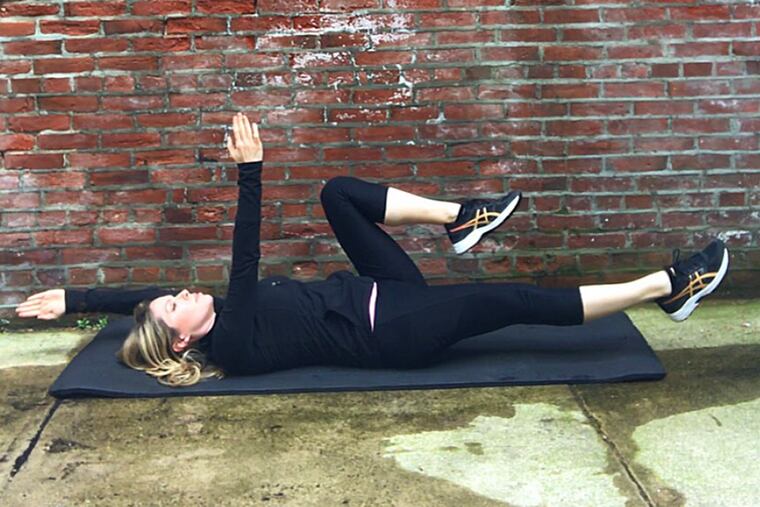What is your core? 3 exercises to increase core strength.
If you’re unaware of what your core muscles are, or where they’re located, you’re not alone. It’s common to confuse the core and abs as one and the same.

Once upon a time, in a gym far, far away, exercisers would scrunch and crunch their abs with hopes of six-pack perfection. And since a buff belly is a sought-after feature, we engaged in this one-dimensional workout for decades.
It wasn’t until recently that fitness shifted its focus from the abs to the massive muscle groups surrounding them. To tone the tummy, and improve your overall health and physique, you need to train your core.
So what’s all the commotion about core strength? If you’re unaware of what your core muscles are, or where they are, you’re not alone. It’s common to confuse the core and abs as being one and the same.
Here’s a simple explainer on your core, and why you should care about it:
Location: From your neck to your hips. This includes your shoulders, back and pelvic floor.
Function: Enables such daily movements as walking, sitting and standing, as well as providing spinal stability, postural support, balance and structural alignment. It’s especially important for women of childbearing age to practice powering up their core to help with labor and post-delivery recovery.
The core muscles sit on the skeleton like a corset. The tighter and stronger your core muscles are, the more secure your body will be.
How to engage the core: Take a deep breath, relaxing your shoulders and opening your chest. Brace the muscles of your belly as if you were about to take a punch to the gut. Sightly shift your pelvis to tuck your tailbone beneath your body. Your lower abs and glutes should feel sturdy and engaged.
How to work the core: Start with these low-impact exercises.
Dead bug
Begin on your back with your knees bent and feet planted on the ground. Push your lower back against the floor.
Elevate your arms and legs directly over your body, keeping your knees bent at a 90-degree angle.
Use your core to slowly lower your right arm and left leg. Hold for two counts then return to the starting stance. Now practice on your left arm and right leg. Continue this alternating sequence for 60 seconds.
Plank weight shift
Start in a hand-dominant plank position with a free weight placed on the right side of your body. Keep your spine straight and shoulders stacked above your hands. For those suffering from sore wrists, practice this on the forearms.
Using your left arm, reach under your torso for the weight. Grab it, then cross it under your body to the left. Try to avoid rocking at your hips when moving.
Now grasp the weight with your right hand. Steadily shift it to the right side of your body. Continue this sequence for 20 total repetitions.
Glute bridge march
From a supine position, bend your legs so your feet are firmly on the floor. Rest your arms at the sides of your body, palms down.
Push through your heels, lifting your hips until they form a straight line from your shoulders through knees.
Push through your left heel, bracing your body and elevating your right leg. Hold for two counts, return to the starting position, then practice with your left leg. Keep your hips hiked throughout the entire exercise. Repeat this march for 20 counts.
For a strong, svelte body, always keep up with your core.
Ashley Blake Greenblatt, ACE-CPT, is a certified personal trainer and wellness coach. To learn more, visit ashleyblakefitness.com.